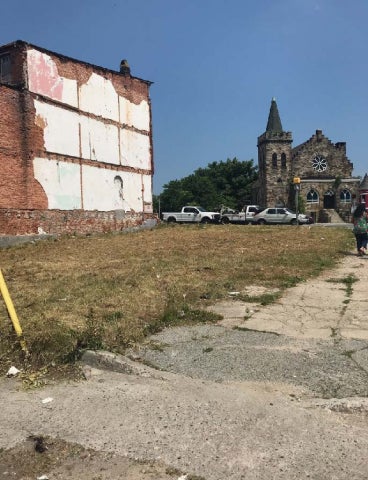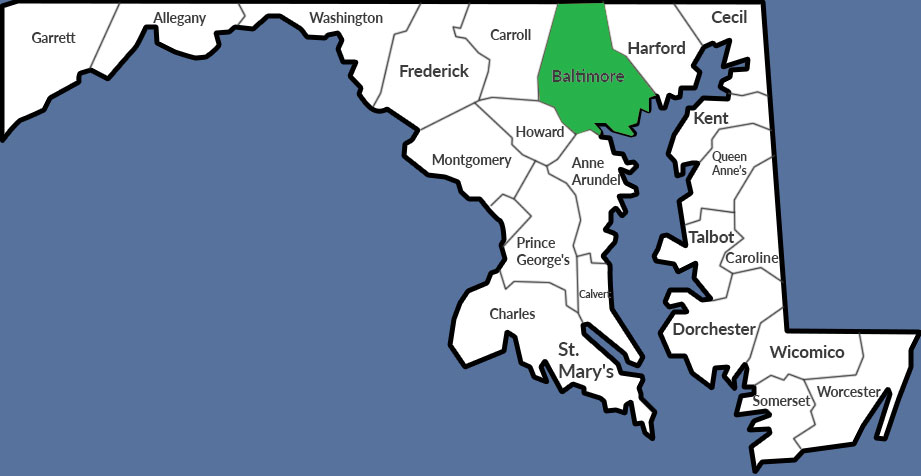Druid Heights Gateway Park

Parts of the Chesapeake Bay watershed contain a high percentage of impervious cover – paved or other hard surfaces such as roofs and roadways that prevent rain water from being absorbed into the ground. Instead, water runs along these surfaces, collecting trash and substances such as motor oil, lawn fertilizers, and pesticides. This polluted stormwater flows into streams and rivers, where it threatens aquatic ecosystems and public health.
Effective stormwater management, on the other hand, creates safe paths for polluted runoff to be captured and filtered through the ground before it reaches waterways. This helps keep the environment clean and our communities healthy!

Problem: The Druid Heights neighborhood is comprised of 41% vacant lots. Only three public parks cover 0.7% of the area within the neighborhood limits. The abandoned site located at the gateway of the community is highly visible, but lacked welcoming features that communicated community pride and Druid Heights’ rich historical background as one of Baltimore’s oldest neighborhoods.
Solution: Community members provided input on possible park elements such as seating areas, native plants and trees, and stormwater management features. University of Maryland Landscape Architecture students then created a design that incorporated the residents’ needs. The new park provides urban wildlife habitat, environmental education, a dynamic gathering spot for residents, and improves public health and water quality.
Job Creation: The increase in community greening projects like Gateway Park has allowed the Druid Heights Community Development Corporation to re-establish its Environmental Stewardship Program that employs six part-time people to maintain community parks.
Project Location: Baltimore City, MD
Type of Project: Other—Reclaiming and Repurposing
Project Size: 10 trees & 3 bioretention areas totaling 636 ft²
Pollution Reduction: 0.26 lbs nitrogen, 0.01 lbs phosphorus, 20 lbs sediment
Total Cost: $250,000
Funding Sources: Maryland Department of Natural Resources; Maryland Department of Housing and Community Development
Partners: Druid Heights CDC; University of Maryland Department of Plant Science and Landscape Architecture; Druid Heights Green Thumb Club; Blue Water Baltimore; Greater Baltimore Wilderness Coalition






